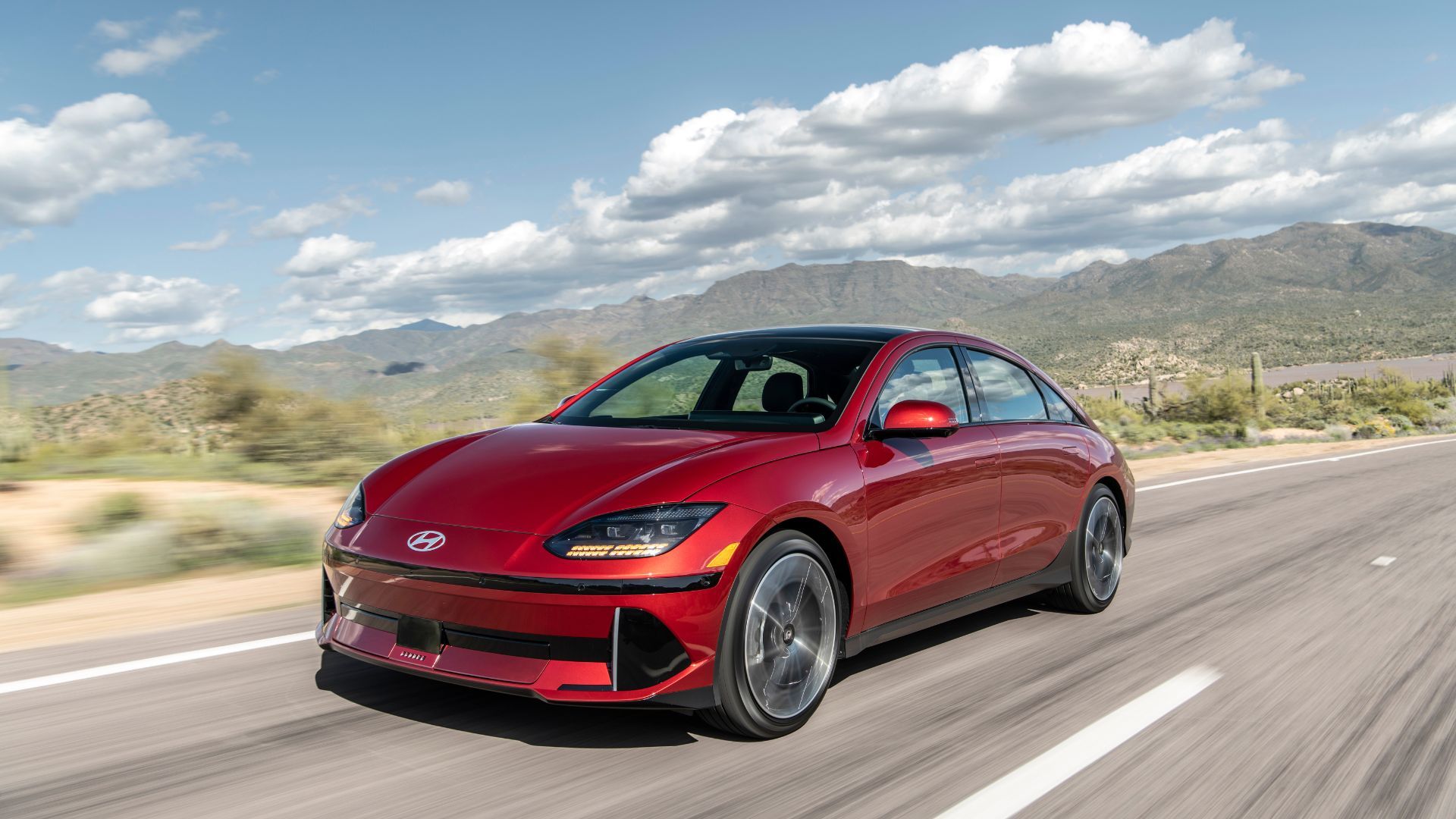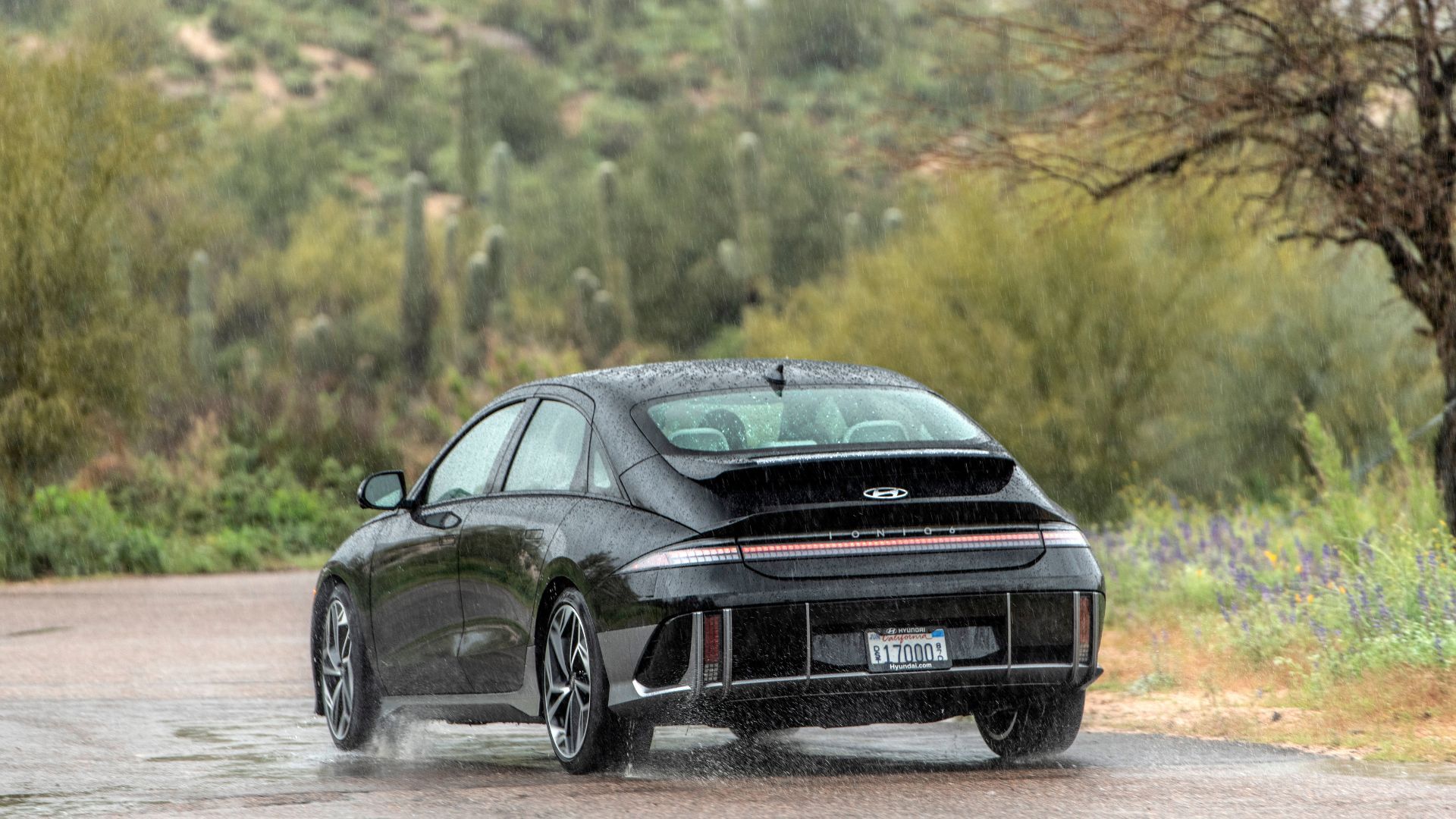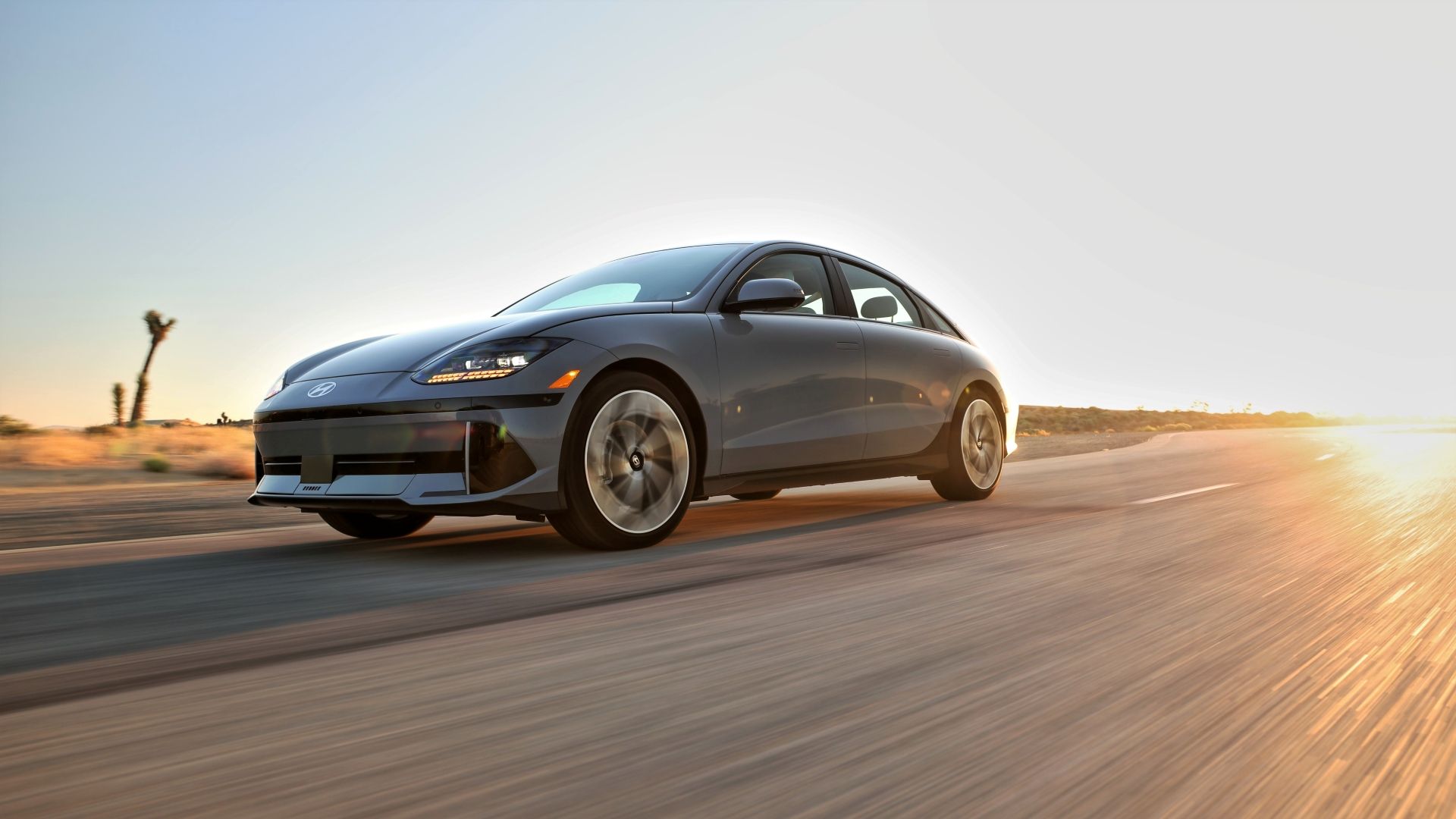Luxury EVs are everywhere right now. Brands are racing to outdo each other with sleek designs, fast acceleration, and all the bells and whistles. It’s exciting—until you see the price tags.
These high-end models are packed with premium stuff, but they cost a fortune and lose value fast. So it’s no surprise more people are asking: Is there a way to go electric without going broke?
Turns out, there is. One midsize sedan from a well-known South Korean brand hits that sweet spot—stylish, efficient, well-equipped, and way more affordable than the flashy flagships.
In order to give you the most up-to-date and accurate information possible, the data used to compile this article was sourced from the Hyundai website and other authoritative sources, including the EPA and J.D. Power.
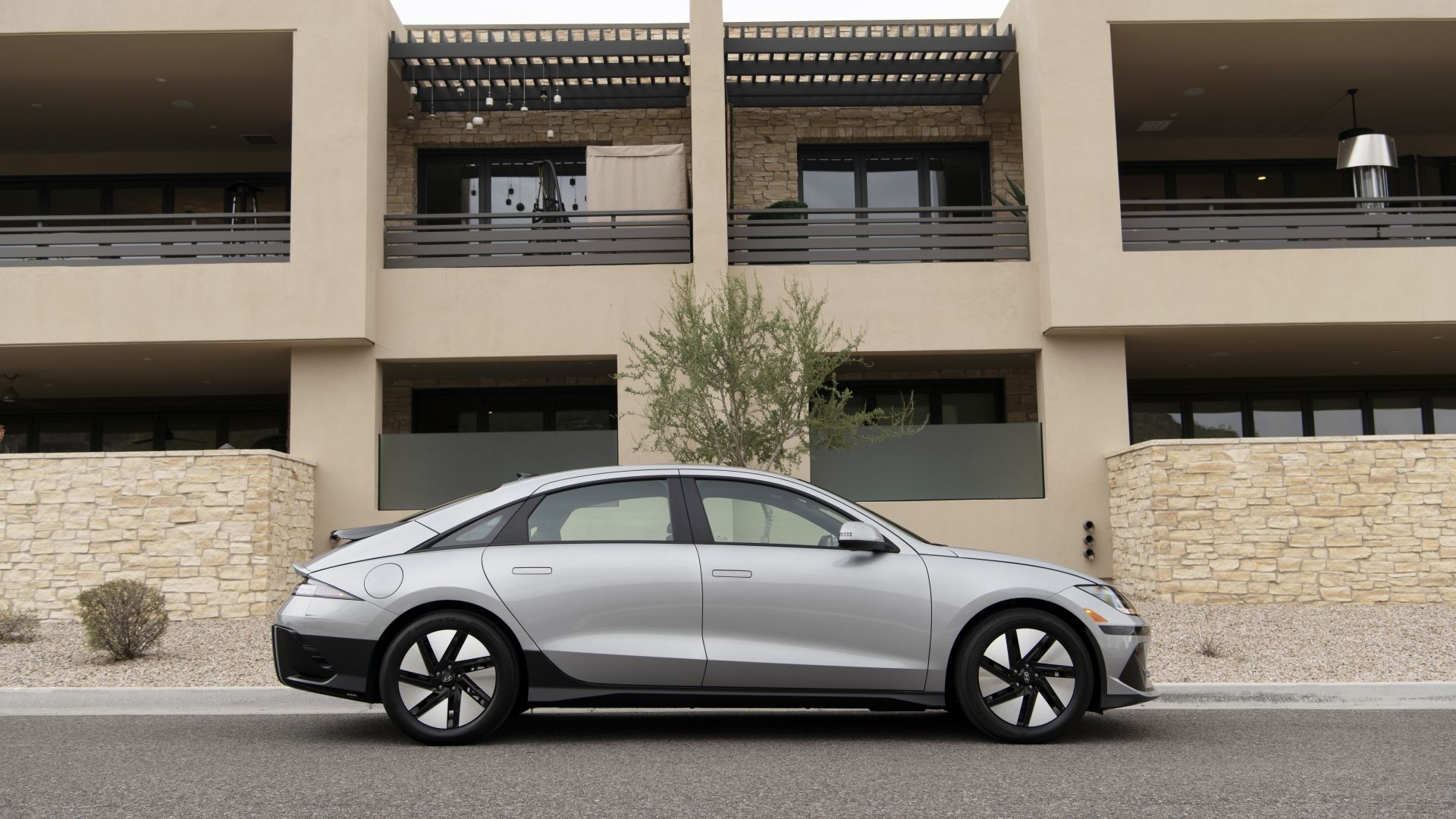
Related
The Affordable Electric Sedan That Challenges Luxury Automakers in 2025
This budget EV punches above its weight, offering premium features and impressive performance.
The Hyundai Ioniq 6 Checks All the Right Boxes
If you’re looking for an EV that nails the balance between efficiency, features, and price, the Hyundai Ioniq 6 is tough to beat. Starting at $37,850 for the SE Standard Range, it offers a lot without asking for too much, and even the top Limited trim caps out at $51,100.
The base SE keeps it simple with stain-resistant cloth seats and a surprisingly solid feature set, like a 12.3-inch touchscreen, digital gauge cluster, Apple CarPlay, Android Auto, and dual-zone climate control. Step up to the SEL and you get perks like ambient lighting, wireless charging, heated seats, and even a digital key.
Go all-in with the Limited, and you’ll unlock ventilated seats, a Bose sound system, a head-up display, and even the ability to power your home with its vehicle-to-load feature. Paint options are limited unless you’re willing to spend extra, but with zero percent APR financing for up to 48 months, and a featured cash offer of up to $7,500 total savings, now’s a great time to jump in.
|
Pros |
Cons |
|---|---|
|
|
Ioniq 6 Power and Range: The Numbers That Matter
The Hyundai Ioniq 6 SE Standard Range puts out a modest 149 horsepower and 258 pound-feet to the rear wheels, hitting 0-60 in about 8.5 seconds with a top speed capped at 115 mph.
What it lacks in speed, it makes up for in efficiency, averaging just 25 kWh per 100 miles, making it one of the most energy-smart EVs for 2025. The trade-off? It comes with a smaller 53 kWh battery, giving you a decent but not massive range of around 240 miles.
Ioniq 6 Performance Specifications
|
SE Standard Range |
SE |
Dual-Motor |
|
|---|---|---|---|
|
Powertrain |
Single Permanent-Magnet Motor |
Single Permanent-Magnet Motor |
Dual Permanent-Magnet Motors |
|
Transmission |
Single-Speed Automatic |
Single-Speed Automatic |
Single-Speed Automatic |
|
Horsepower |
149 HP |
225 HP |
320 HP |
|
Torque |
258 LB-FT |
258 LB-FT |
446 LB-FT |
|
Driveline |
Rear-Wheel Drive |
Rear-Wheel Drive |
All-Wheel Drive |
|
Battery |
53 kWh (Net) |
77.4 kWh (Net) |
77.4 kWh (Net) |
|
Range |
240 Miles |
342 Miles |
270–316 Miles |
|
Fast Charging Time |
18 Minutes |
18 Minutes |
18 Minutes |
|
Energy Consumption |
25 kWh/100 Miles |
26 kWh/100 Miles |
28–33 kWh/100 Miles |
|
0-60 MPH |
8.5 Seconds |
6.2 Seconds |
4.9 Seconds |
|
Top Speed |
115 MPH |
115 MPH |
115 MPH |
Going for the extended 77.4 kWh battery pack boosts power to 225 horsepower, shaving the 0-60 time down to 6.2 seconds and stretching the range to about 342 miles. And it only sips a bit more energy—just 1 kWh more per 100 miles.
The Dual-Motor setup turns things up to 320 horsepower and 446 pound-feet of torque, blasting from 0-60 in just 4.9 seconds while keeping the same top speed. Pick the smaller wheels, and you’re looking at 316 miles per charge with a 28 kWh consumption, but switch to the bigger 20-inch wheels and your range drops to 270 miles with a bump to 33 kWh per 100 miles.
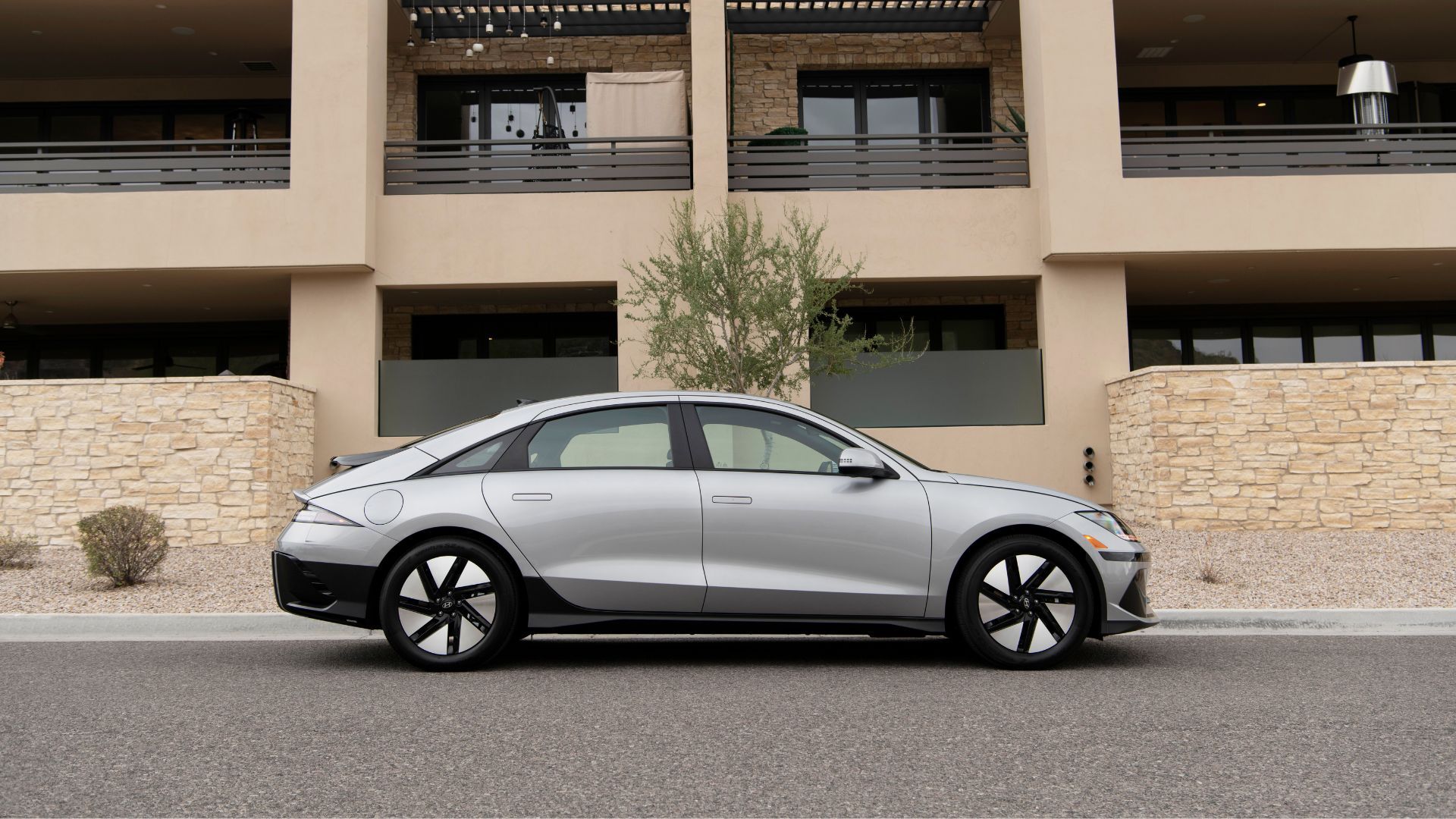
Related
This Electric Car Under $40,000 Packs More Features Than a Lexus
It’s priced low, comes with discounts, and easily stacks up against your average Lexus.
How the Ioniq 6’s Sleek Design Boosts Its Efficiency
The Hyundai Ioniq 6 SE with the extended battery is a hypermiler’s dream, thanks to its sleek liftback shape and curved nose that squeeze the drag coefficient down to an impressive 0.21. Hyundai calls it an electrified streamliner, borrowing design cues straight from the eye-catching Prophecy Concept EV.
Up front, the Flowing Parametric Pixel LED headlights and Active Air Flaps don’t just look cool—they help the car slice through the air. Around the sides and back, clean lines, aerodynamic wheels, and a ducktail spoiler work together to cut drag and boost efficiency, making every mile count.
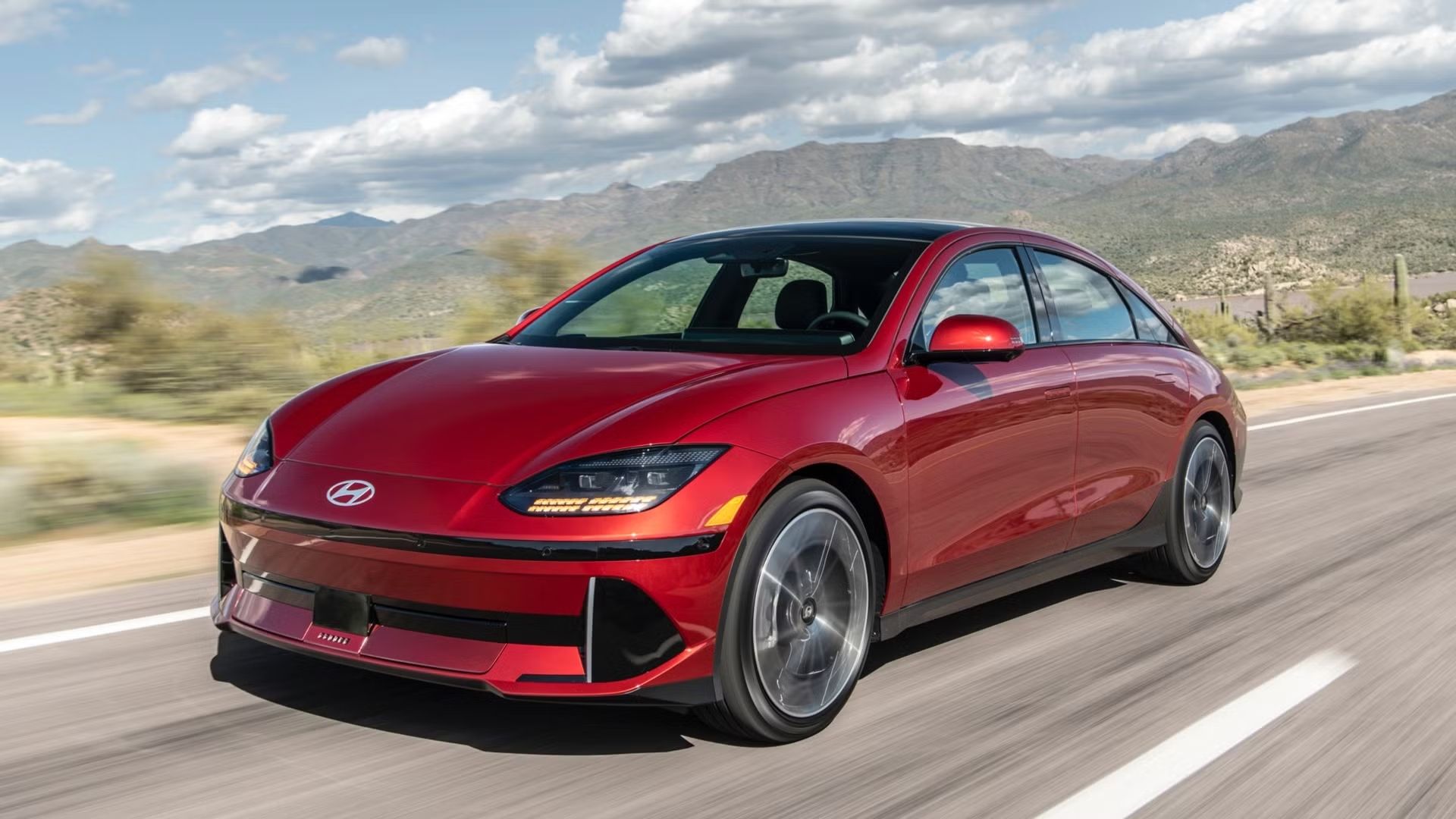
Related
What People Are Saying About the Ioniq 6’s Reliability and Appeal
J.D. Power gives the Ioniq 6 solid marks, scoring it 76 out of 100 overall, with an 81 for driving experience—so it’s no slouch on quality or fun behind the wheel. That said, the 2024 model did face a recall over an electrical issue that could cut drive power, affecting over 99,000 vehicles across Hyundai’s lineup; luckily, it’s a simple software update at the dealership, free of charge.
The Ioniq 6 is a bit of a niche player, and sales reflect that—3,318 units sold in early 2025, down 9 percent from last year. Meanwhile, its sibling, the Ioniq 5 SUV, is cruising ahead with a 26 percent sales jump and over 8,600 sold in the same period.
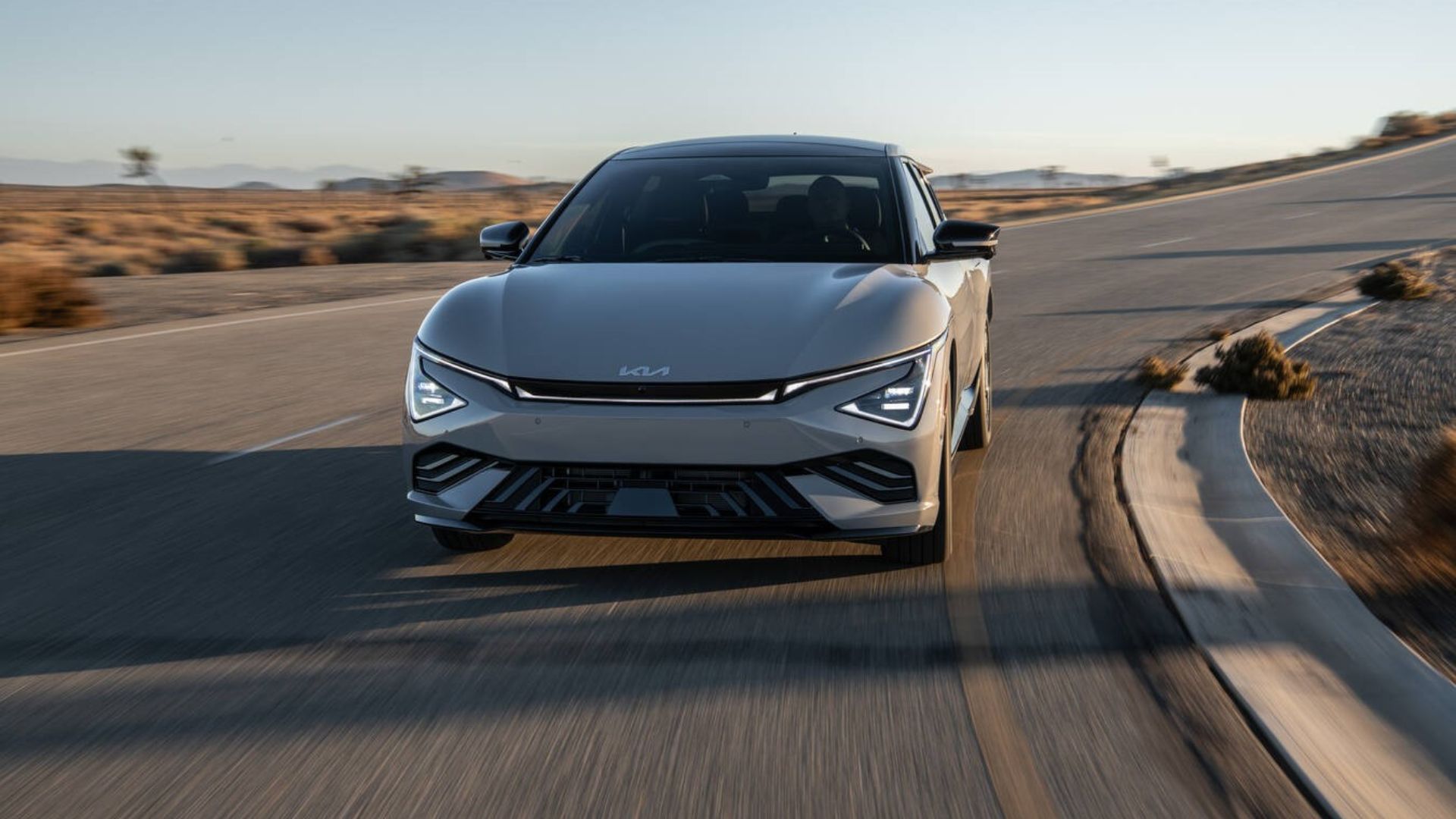
Related
10 EVs That Are Actually Affordable for First-Time Buyers
These 10 electric cars prove you don’t need deep pockets to go green on your first try.
The 2026 Ioniq 6 Gets a Visual Glow-Up
The 2025 Ioniq 6 is already a standout—sleek, efficient, and priced way below most of its rivals. It’s one of the best electric sedans you can buy right now.
But if you’re not in a rush, you might want to wait just a bit longer. Hyundai’s giving the Ioniq 6 a major refresh for 2026, and early signs point to some pretty exciting upgrades.
Sharper, Sleeker, Smarter
The current Ioniq 6 design definitely turns heads—some love its bold lines, others not so much. For 2026, Hyundai’s toned things down with a sleeker, more modern look, swapping the chunky headlights for slim light bars and giving the wheels a fresh new design.
Inside, the updates continue with a new three-spoke steering wheel and upgraded door materials that give the cabin a more refined feel. It’s not a full interior overhaul, but the tweaks add just enough polish to feel fresh.
Hyundai hasn’t spilled the details on battery or powertrain changes yet, but there’s a good chance we’ll see improvements—maybe even a bigger battery for more range. Plus, a new sporty-looking N-Line version has joined the lineup, possibly hinting that a full-blown high-performance N model could be in the works.

